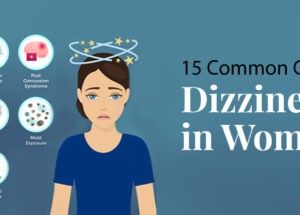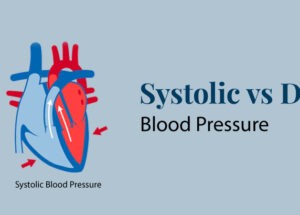Prostate cancer
June 8, 2020

Prostate cancer
Prostate cancer is an uncommon disease in the Asian population.
Most cases of prostate cancer develop in older men over the age of 65 years. In many cases the cancer is slow-growing, does not reduce how long the patient lives, and may not need treatment. In some cases, it is more aggressive, spreads to other parts of the body and may benefit from treatment. In general, the more advanced the cancer (the more it has grown and spread), the less chance that treatment will be curative. However, treatment can often slow the progress of the cancer.
Prostate cancer is different to most other cancers because small areas of cancer within the prostate are actually very common, especially in older men. These may not grow or cause any problems for many years (if at all).
- What is the prostate gland?
The prostate gland (just called prostate from now on) is only found in men. It lies just beneath the bladder. The tube which passes urine from the bladder is called the urethra. It runs through the middle of the prostate. The prostate’s main function is to produce fluid which protects and enriches sperm.
The prostate often gets bigger (enlarges) gradually after the age of about 50 years. By the age of 70 years, about 8 in 10 men have an enlarged prostate. It is common for older men to have urinary symptoms caused by a non-cancerous (benign) enlargement of the prostate. Some men also develop prostate cancer.
- What are the causes of Prostate cancer ?
A cancerous (malignant) tumour starts from one abnormal cell. The exact reason why a cell becomes cancerous is unclear. It is thought that something damages or alters certain genes in the cell. This makes the cell abnormal and multiply out of control. Although the exact cause is unclear, certain risk factors increase the chance that prostate cancer may develop. These include:
- Ageing. Most cases occur in older men
- Family history and genetic factors. If your father or brother had prostate cancer at a relatively early age (before the age of 60 years) then you have an increased risk. Also, if the type of breast cancer which is linked to a faulty gene runs in your female relatives then you are at increased risk of prostate cancer
- Ethnic group. Prostate cancer is more common in African-Caribbean men and less common in Asian men
- Diet is possibly a risk factor. As with other cancers, a diet high in fats and low in fruit and vegetables may increase the risk.
- Exposure to the metal cadmium may be a risk.
- Prostate cancer symptoms
Prostate cancer is often slow-growing. There may be no symptoms at first, even for years. As the tumour grows, it may press on and irritate the urethra, or cause a partial blockage to the flow of urine. Symptoms may then develop and can include one or more of the following:
Poor stream – The flow of urine is weaker, and it takes longer to empty your bladder
Hesitancy – You may have to wait at the toilet for a while before urine starts to flow
Dribbling – A bit more urine may trickle out and stain your underpants soon after you finish at the toilet
Frequency – You may pass urine more often than normal
Urgency – You may have to get to the toilet quickly
Poor emptying – You may have a feeling of not quite emptying your bladder
Most men who develop the above symptoms do not have prostate cancer but have a non-cancerous (benign) enlargement of the prostate. However, it is best to have any new symptoms checked out by a doctor.
- How is prostate cancer diagnosed?
- Examination of the prostate.
- Do a blood test to measure the level of prostate specific antigen (PSA). PSA is a chemical which is made by both normal and cancerous (malignant) prostate cells. Basically, the higher the level of PSA, the more likely that you have cancer of the prostate. However, a mild-to-moderately raised PSA can occur in conditions other than prostate cancer. (If you have confirmed prostate cancer, the PSA blood test is also used to monitor treatment. If treatment is working and cancer cells are killed then the level of PSA falls.)
- Biopsy – to confirm the diagnosis. A biopsy is a procedure where a small sample of tissue is removed from a part of the body. The sample is then examined under the microscope to look for abnormal cells. A biopsy can usually confirm the presence of prostate cancer.
- Assessing the severity and spread of prostate cancer by examination of the biopsy samples under the microscope and by tests such as bone scan, a CT scan, a MRI scan, a tummy (abdominal) ultrasound scan or other tests. This will give information about how much the tumour has grown and whether it has grown through the wall of the prostate and into nearby structures such as the bladder wall, whether the cancer has spread to local lymph nodes, whether the cancer has spread to other areas of the body (metastasised).
- Prostate cancer treatment
Treatment options which may be considered include: surgery, radiotherapy, hormone treatment and, less commonly, chemotherapy. Often a combination of two or more of these treatments is used.
Treatment may aim to cure the cancer. In particular, the earlier the stage of the cancer, the better the chance of a cure.
Treatment may aim to control the cancer. If a cure is not realistic, with treatment it is often possible to limit the growth or spread of the cancer so that it progresses less rapidly. This may keep you free of symptoms for some time.








